#081: Phellinus robiniae, the Cracked Cap Polypore
Phellinus robiniae, commonly known as the “Cracked Cap Polypore,” is a woody bracket fungus that is most easily identified by its habitat. This fungus grows almost exclusively on locust trees. In fact, the fungus is such a common pathogen of locusts that nearly every Black Locust tree has at least one P. robiniae mushroom on it. The mushroom is also distinguished by its furrowed cap – which gives the fungus its common name – and its dull brown pore surface.

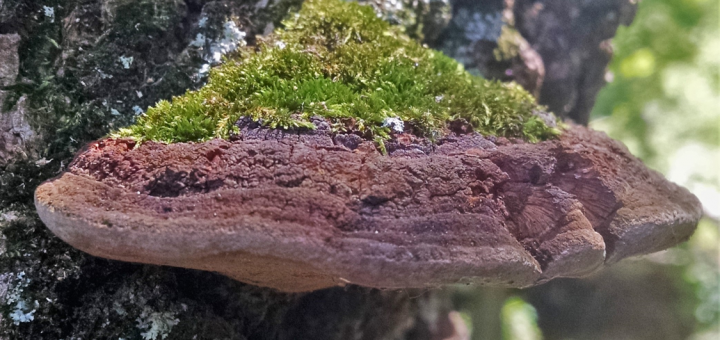
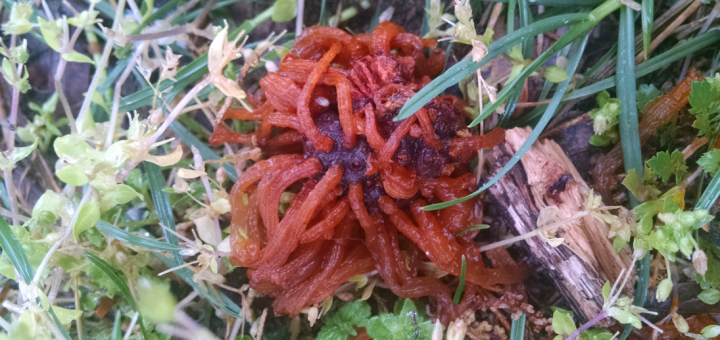
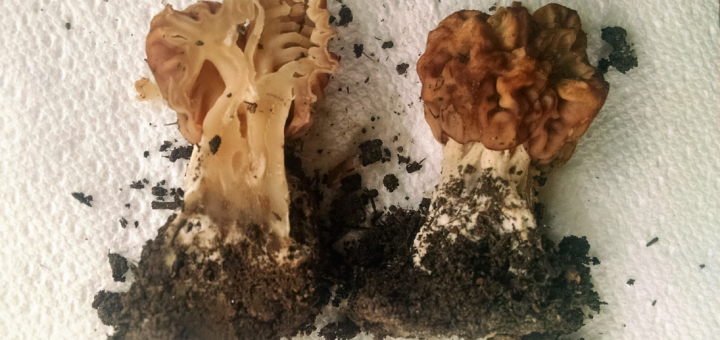
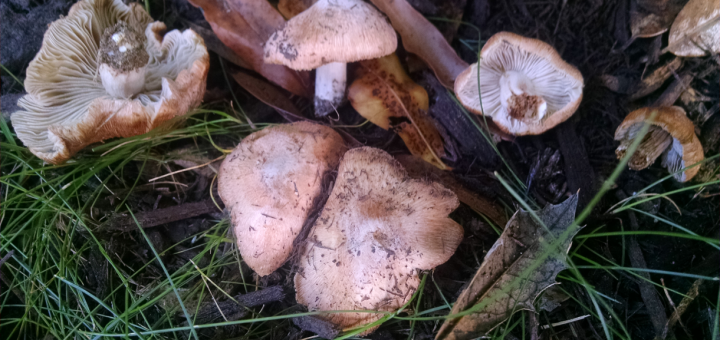
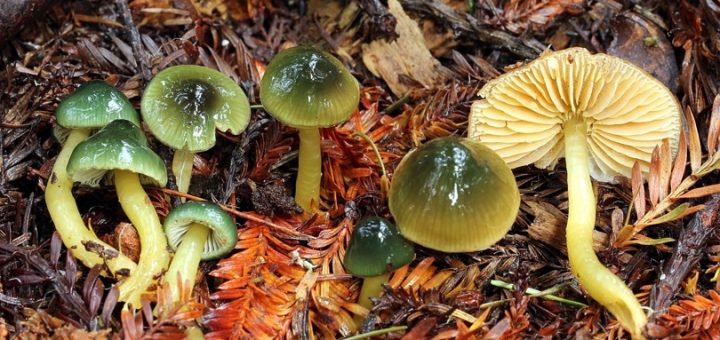
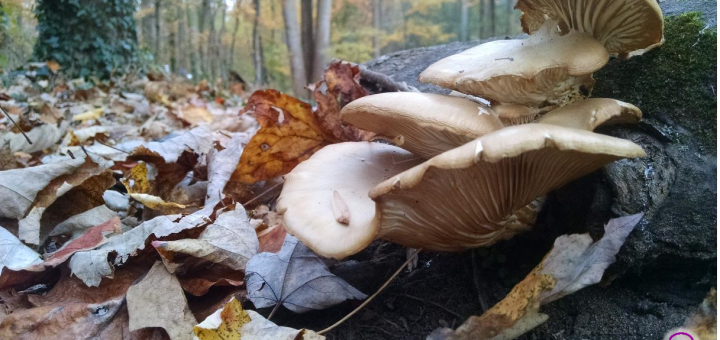
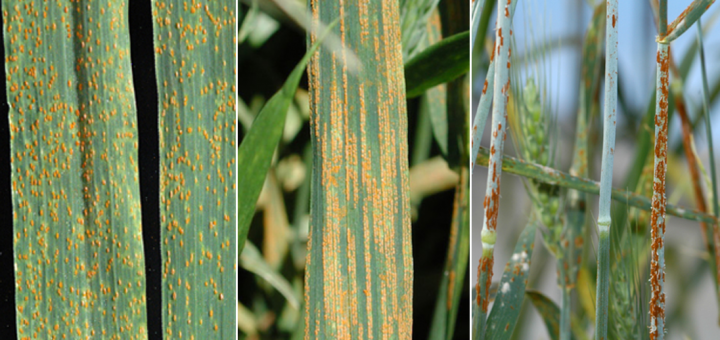
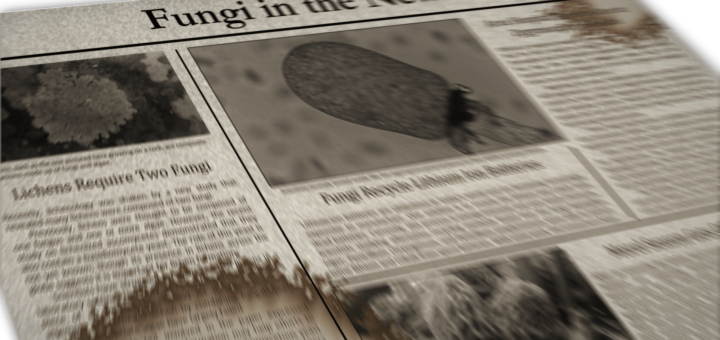
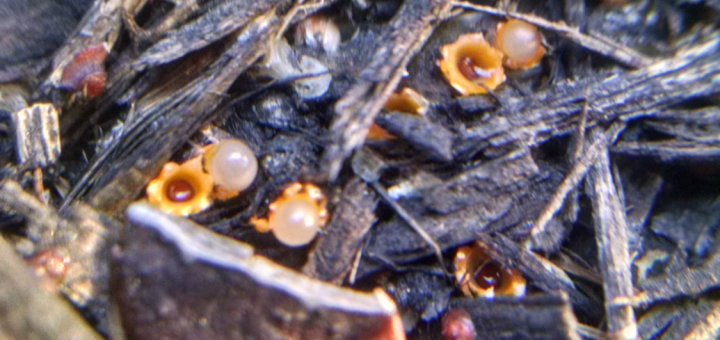
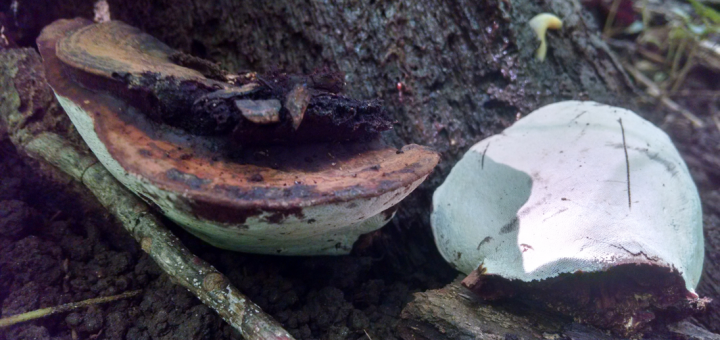





![#011: Characteristics of Kingdom Fungi [Archived]](https://www.fungusfactfriday.com/wp-content/themes/hueman/assets/front/img/thumb-small-empty.png)
